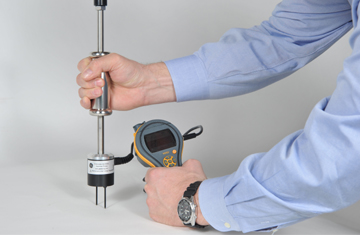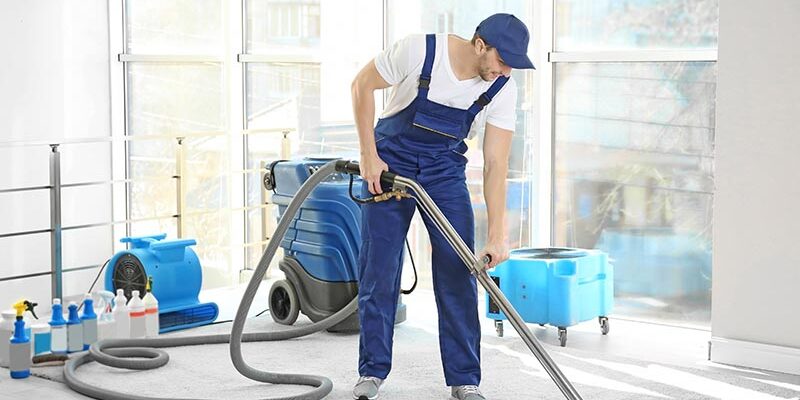Interpreting Grain Depression in Context

Grain depression is a useful measurement for the restoration contractor to use when evaluating the effectiveness of the equipment in use.
However, other readings, especially the measurement of material moisture content, are far more significant in judging the effectiveness and efficiency of the drying effort. Grain depression calculations should always be considered in light of other measurements, including:
1. Moisture in materials being dried
2. Humidity and temperature of the air being used to dry affected materials
3. Capacities of mechanical systems used to control temperature and humidity.
Best practices for monitoring a drying project require that restoration vendors understand the accuracy of the various types of data collected and not place unrealistic importance on grain depression numbers.
1. Moisture in materials. Drying structural materials is the ultimate goal for any drying project. Therefore, this data should be evaluated first, and should always receive the most attention. When evaluating the effectiveness of drying equipment, give first priority to material moisture content readings. If materials are drying, the system as a whole is performing, including the dehumidification.
If materials are not drying, priorities #2 and #3 now become critical:
2. Humidity and temperature of the air. Monitoring the air being used to dry affected materials is the second priority. In evaluating this measurement, the restorer should ask:
Is the air in the affected area drier than previous readings?
Is the relative humidity of the air low enough to avoid secondary damage from high humidity?
If the answer to either question is yes, then the drying system is appropriately balanced in terms of humidity control. If the answer to either question is no, then the drying system is not appropriately balanced and a new approach to dehumidification should be considered.
3. Mechanical systems capacity. Where available, a building’s heating and air conditioning system can be used to control heat and, to a limited extent, humidity. Existing HVAC systems rarely have the capacity to provide the humidity control required in a water-damaged building, so portable dehumidifiers are needed. If the existing HVAC system, together with the installed dehumidifiers, are maintaining effective drying conditions, no change in dehumidification may be necessary.
Basing decisions about equipment performance solely on grain depression will lead to false determinations. To best understand the progress, performance and efficiencies of a drying project, restorers should first focus on material drying progress. Next, they should evaluate temperature and humidity readings to ascertain what might be changed to speed material drying and ensure additional damages are not caused by high humidity.
Last, they should consider the combined effectiveness of the existing HVAC and portable dehumidifiers.
Brandon Burton is the technical education manager for the Restoration Sciences Academy (RSA), a part of Legend Brands. He teaches IICRC-approved classes in the categories of Applied Structural Drying (ASD) and Water Damage Restoration (WRT). Burton has served the restoration community for more than 15 years as an IICRC-approved instructor, ANSI/IICRC S500 chapter chair, RIA restoration council member, and many other industry roles. You can contact him at [email protected].












